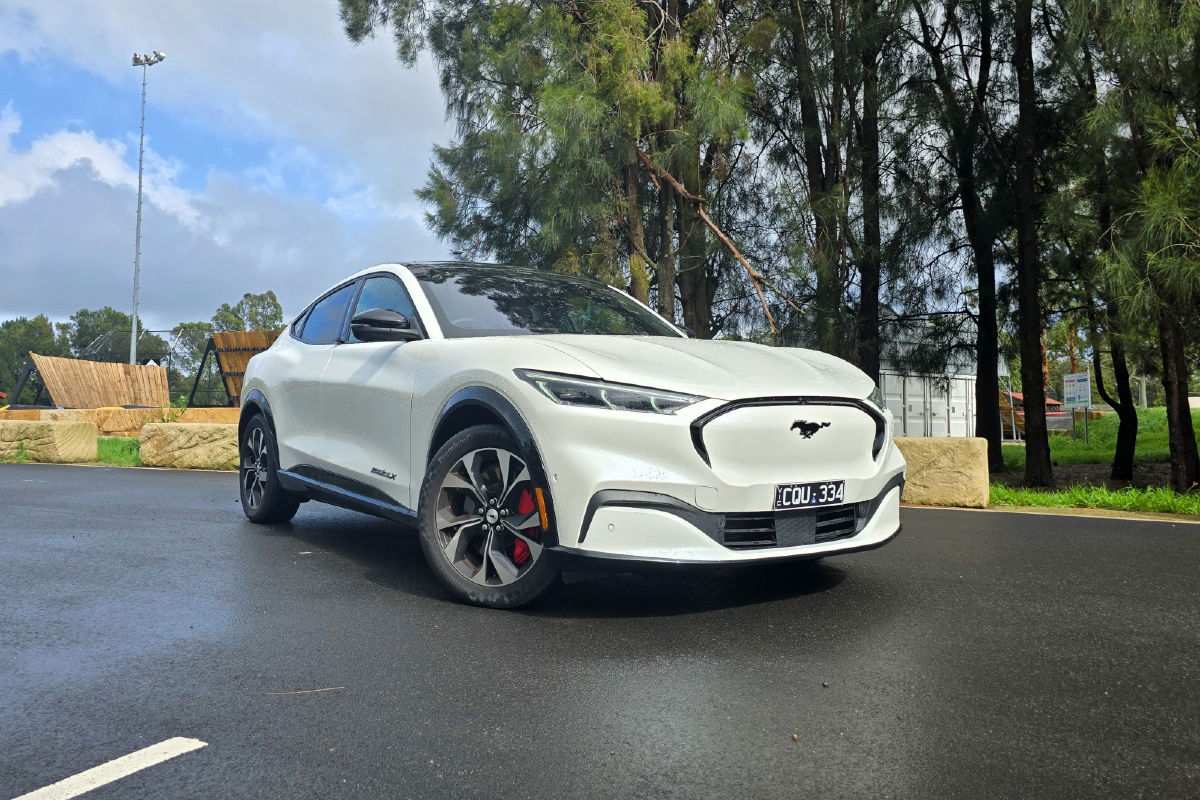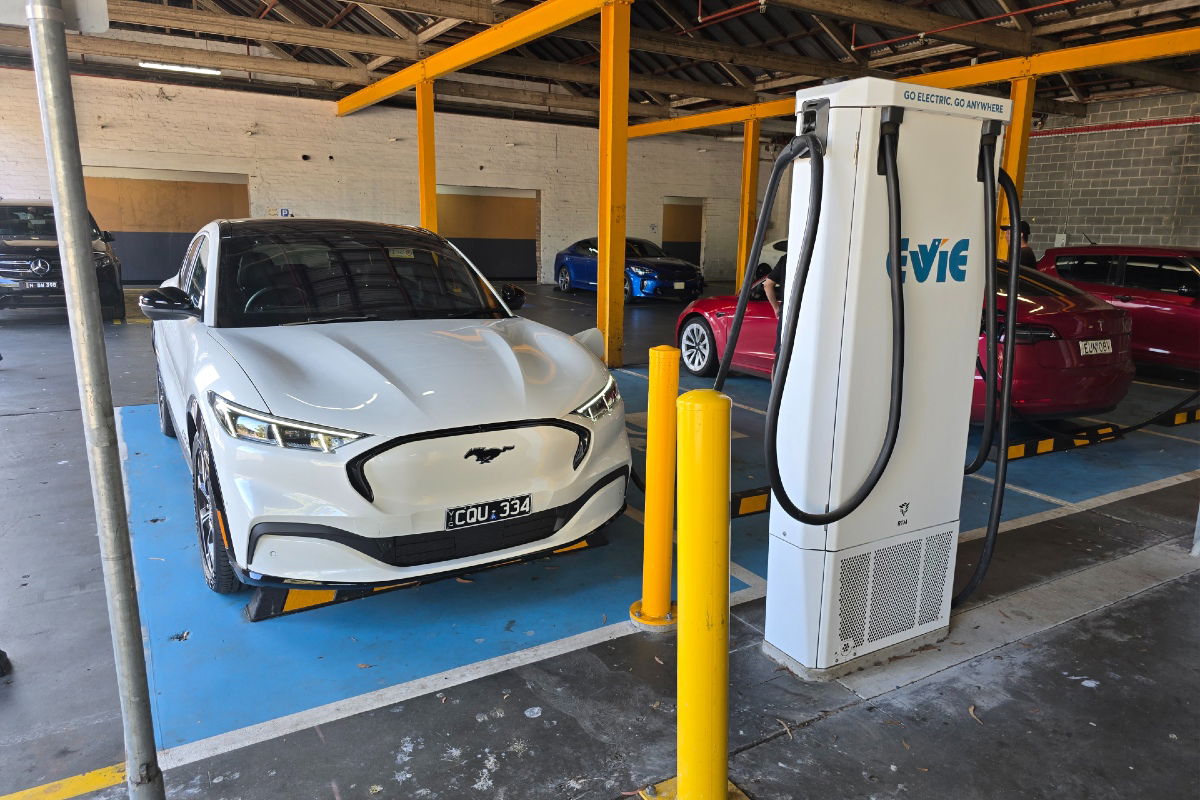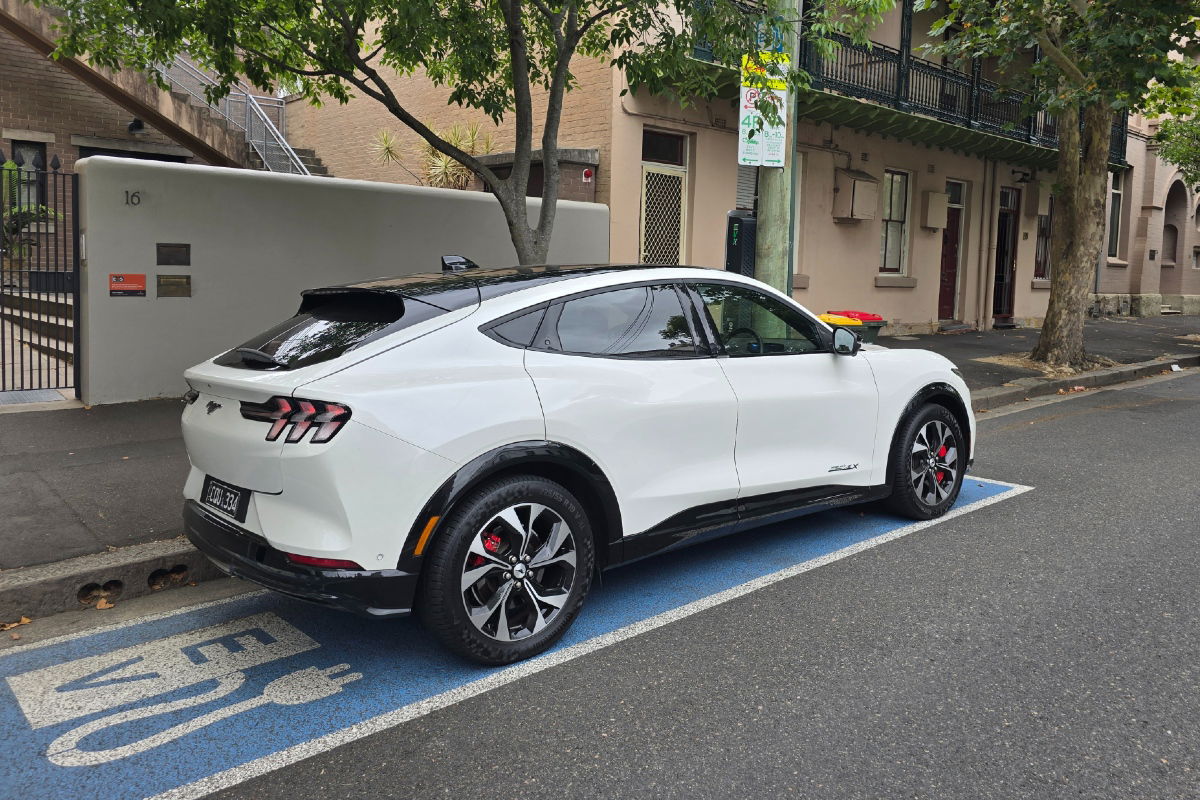
You can’t avoid electric vehicles in 2025 – they are increasing in diversity and availability, even if sales are softening. But too often the emotional aspect of these battery-powered cars tend to overwhelm the common sense arguments.
Electric cars are not for everyone, and I totally understand that as someone who loves the sound of a V8 and the smell of petrol. But they are also incredibly impressive vehicles and have huge appeal for those who enjoy silent performance and the freedom to never visit a service station again.
The problem with electric vehicles is that the passionate supporters and haters tend to just shout at each other and it makes anyone in the middle, those seriously considering an EV for any reason, to not know what to believe.
So we’re going to try and cut through the noise and tell you what the reality of living with an electric car in 2025 in Australia is like. Typically when we test drive cars here at Torquecafe we have them for a week, but while seven days is enough to allow us to review the car, it doesn’t give us enough time to really understand the practical challenges of living with an EV.
Thankfully Ford was nice enough to give me a Mustang Mach-E Premium to live with for just over a month, which allowed me enough time to really understand the realities of living with an EV – for better or worse.
They have enough range – for most people

One of the biggest criticisms of EVs is they don’t have enough range for Australians. I believe a lot of this stems from the early EVs that only offered around 150km of real-world driving, and I’d agree that that’s not really enough for most people to feel comfortable with.
The thing is, most EVs on sale today offer a range of more than 400km, and in the case of the Mach-E Premium I had a theoretical 600km. Now, like all internal combustion engine vehicles, EVs don’t always consume energy at the rate the car company claims, but even so the current range of most EVs is more than adequate for the average Australian.
Ask yourself this – when was the last time you drove more than 500km in a day? Or 400km? Or even more than 100km. For most of us we have a relatively short commute to work, the Australian Bureau of Statistics claims it’s between 30-40km. That means you should get nearly two weeks of work commutes before you need to recharge.
Of course, most people don’t just drive to work, you run errands and drive your family around. EV detractors will say this can cause ‘range anxiety’ as you don’t know when you’ll run out of charge. But during my month with the Mach-E I never had that concern, because EVs are just like any other car – you need to keep an eye on the ‘fuel’ gauge and have an idea of where you need to go before you start driving.
Another reason people are anti-EV is there’s also the misconception that because Australia is such a big country with vast distances between major centres it’s not practical to own a car with 450km of range and in need of specialist ‘refueling’ – rather than using a petrol bowser. And to that I say, you’re right. If you are the kind of person who makes regular long trips of over 400km and heads to remote areas, don’t buy an electric car.
EVs are designed for the urban environment, they make sense for people who have short commutes and mostly stay close to their home. If you find yourself driving Melbourne to Brisbane every other week you’d be an idiot to buy an EV.
But criticising an EV because it doesn’t fit your particular lifestyle is a bit like saying the new Ferrari 12Cilindri is a terrible family car because it only has two seats – of course it is! But that’s not what it’s built for, so you need to take a ‘horses for courses’ approach to buying an EV.
Charging is easier (and quicker) than you think

The other two major criticisms towards EVs are ‘they take too long to charge’ and ‘there isn’t enough infrastructure’ and this was the big issue I wanted to tackle during my month as an EV ‘owner’ – because I genuinely didn’t know what the answer would be.
Of course I’ve charged EVs plenty of times, but typically it’s out of curiosity or just a top up, it’s never really been out of necessity. So by spending an extended period with an EV I needed to learn where I can charge, how long it will take and how much it will cost.
This is arguably the single biggest difference between an EV and a conventional internal combustion vehicle, because it requires the biggest behavioural change. Because ‘refueling’ takes longer, you can no longer do it as a specific task (or at least you shouldn’t), instead you need to insert the recharging time into your other tasks.
What I mean by that is, you don’t just head off to a charger, plug in and sit there waiting. I mean, I saw a lot of people doing that, but it simply doesn’t make sense to me. Instead, I found a way to integrate charging into my lifestyle, which is easier than you think, because EV chargers are finally being placed in the right locations.
For example, I had to do some shopping, so I headed to my local shopping centre which had a pair of Evie chargers. After a 45-minute shopping trip I’d added 19.1kWh of charge to the Ford and spent only $12.29, which was enough to get me through for another wheel.
The next time I charged was arguably the best, and highlights a key advantage of owning an EV at this moment in time. That’s because my kids wanted to take a trip into Sydney’s Barangaroo area and normally that would be an expensive exercise in parking.
Instead, I found an empty spot for EV charging run by the company, EVX. It provides pole-mounted chargers around Sydney that allow you to plug-in by the side of the road. It’s a clever idea, especially as you only need to pay for the charging, not the parking. So, in this particular instance, instead of paying $8.20 per hour just to park on the street, I spent $5.85 for both parking and charging. That felt like a win-win for me and it’s the kind of trick that makes living with an EV just that little bit easier and more enjoyable.
Electric vehicles are not the perfect solution

Unfortunately, a lot of the debate around EVs has become very binary – you think they are either entirely good or completely bad. Having spent a month in one I can say with more clarity that the current state of the EV market is incredibly complex.
EVs are not the perfect solution, from both a practical and environmental standpoint, but they also have plenty of appeal. I really enjoy the near-silent driving experience and the near-instant performance that EVs offer. For daily commuting they do make a lot of sense for those who don’t traverse great distances between home and work.
The key is a mindset change, to fit EV charging in around the other elements of your life – shopping, going to the gym, visiting a friend – rather than thinking of it as a separate task, as we do with refueling our internal combustion engine cars.
I’m not suggesting that everyone should rush out and buy an EV tomorrow, but I do hope this story clears up a few misconceptions around living with an electric car.











Discussion about this post